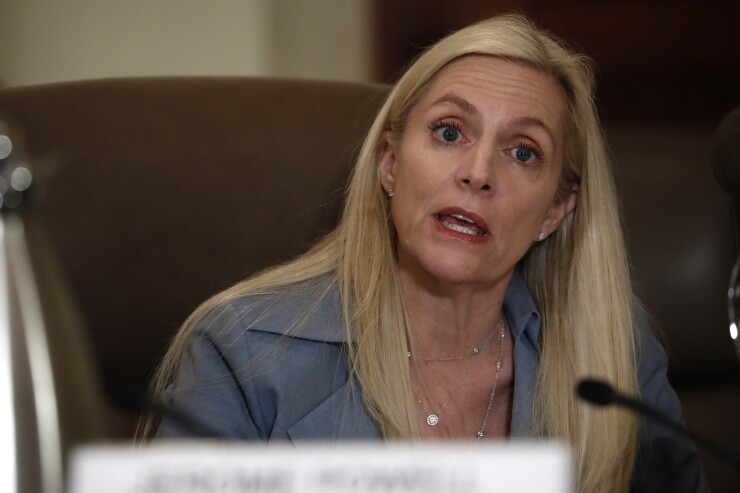Federal Reserve Governor Lael Brainard indicated she favors ending the process of normalizing the U.S. central bank’s balance sheet in 2019.
“In my view, that balance-sheet normalization process probably should come to an end later this year,” she said Thursday in an interview on CNBC.

“We want to have an ample supply of reserves,” Brainard added. “We’ve taken some soundings from the market in terms of what that demand for reserves is, and I’d want to have a substantial buffer on top of that to avoid volatility.”
Brainard declined to provide a precise level for where she believed the overall balance sheet, or bank reserves, should settle.
The Fed began trimming the portfolio in October 2017. It’s currently reducing its bond holdings by a maximum of $50 billion per month by opting not to reinvest some of the proceeds of securities as they mature.
Policy makers said in January they want to continue managing short-term interest rates through a system that requires abundant bank reserves. That will force them to halt the balance-sheet runoffs before reserves become scarce, though Fed officials haven’t indicated when or at what level that will stop.
Commenting on the economy, Brainard said Thursday’s retail sales report for December “certainly caught my eye.’’ The value of overall sales fell 1.2% from the prior month after a downwardly revised 0.1% increase in November, according to Commerce Department figures. That fell short of all economist estimates in a Bloomberg survey that had called for a 0.1% gain.
“It’s a miss,’’ she said. “It’s one month of data, so I don’t want to take too much signal from it. It certainly adds to a story where we want to take on board that there are some downside risks.”
Brainard said her baseline forecast still sees solid growth for the U.S. economy in 2019 with continued strength in the labor market.
“But the risks to the downside have grown, so we’ll have to wait and see what the right move, if any, later in the year is,’’ she said. “Right now we’re in a very good place to watch and see that data as it comes in.’’
Brainard didn’t answer a question about whether the Fed’s next move would be an interest-rate hike or reduction. “We are in a good place today,” she said. “I’m comfortable waiting and learning.”





